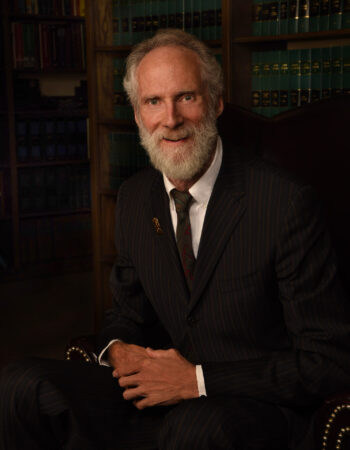
Probate and Trust Administration
What is it? When a loved one dies there is a process to distribute the decedent’s assets to the intended individual. This process is commonly referred to an estate administration. When administering the estate of a loved one, the process will likely entail probate, a trust administration, or sometimes both.
Probate
What is Commonly Involved? Many people do not realize that assets passing via a Last Will and Testament (“Will”) puts the estate directly into probate at the time of the loved one’s death. This is the same process when someone passes away without having a Will or Trust that disposes of his/her assets. In Wyoming, if a loved one dies with $200,000 or less of “probatable” assets in his/her estate, the law allows for the estate to be distributed via a summary procedure, which is essentially short form of the probate process. Generally the summary procedure takes less than a year to complete.
If a loved one dies with more than $200,000 of “probatable” assets in his/her estate, the probate process is more involved. The probate process begins with the court appointing a Personal Representative (Executor/Executrix). In the easiest of scenarios, the Personal Representative publishes a notice of probate in a local newspaper, collects all of the assets, hires a professional to value the assets, provides an inventory and accounting to the court, pays the outstanding creditors, and asks the court or an order to distribute the remaining assets. This process can easily take a year or more. In the event that the beneficiaries do not get along and the probate is contested, the probate process may drag on for years. The statutory fees for probate are approximately 2% of the estate value be paid to the personal representative and 2% of the estate value be paid to the attorney.
Both forms of probate are (very) public processes wherein anyone can look up your loved one’s assets, debts, and the beneficiaries receiving those assets.
Trust Administration
What is Commonly Involved? When a loved one dies who created a Revocable Living Trust (“Trust”) AND the assets were properly aligned with his/her Trust, the probate process is avoidable. The broad strokes of a trust administration include publishing notice that the loved one has died, collecting all of the decedent’s assets, paying creditors and final expenses, and distributing the assets to the beneficiaries as set forth by the Trust. In the ideal trust administration scenario, the process can take between 4 and 6 months. If the trust administration process is contested the process can drag on for years.
Where do I start? In all of the processes discussed above, the person who is is administering the estate serves in a “fiduciary” capacity. This means that the individual owes duties to the beneficiaries and other entities. If a beneficiary is dissatisfied with the services provided, the fiduciary may be sued and held personally liable. Therefore, it is important to consult an attorney who can help you navigate through any of these processes.
For more information contact us.
Disclaimer: This is not legal advice but rather general legal information for your enjoyment.





